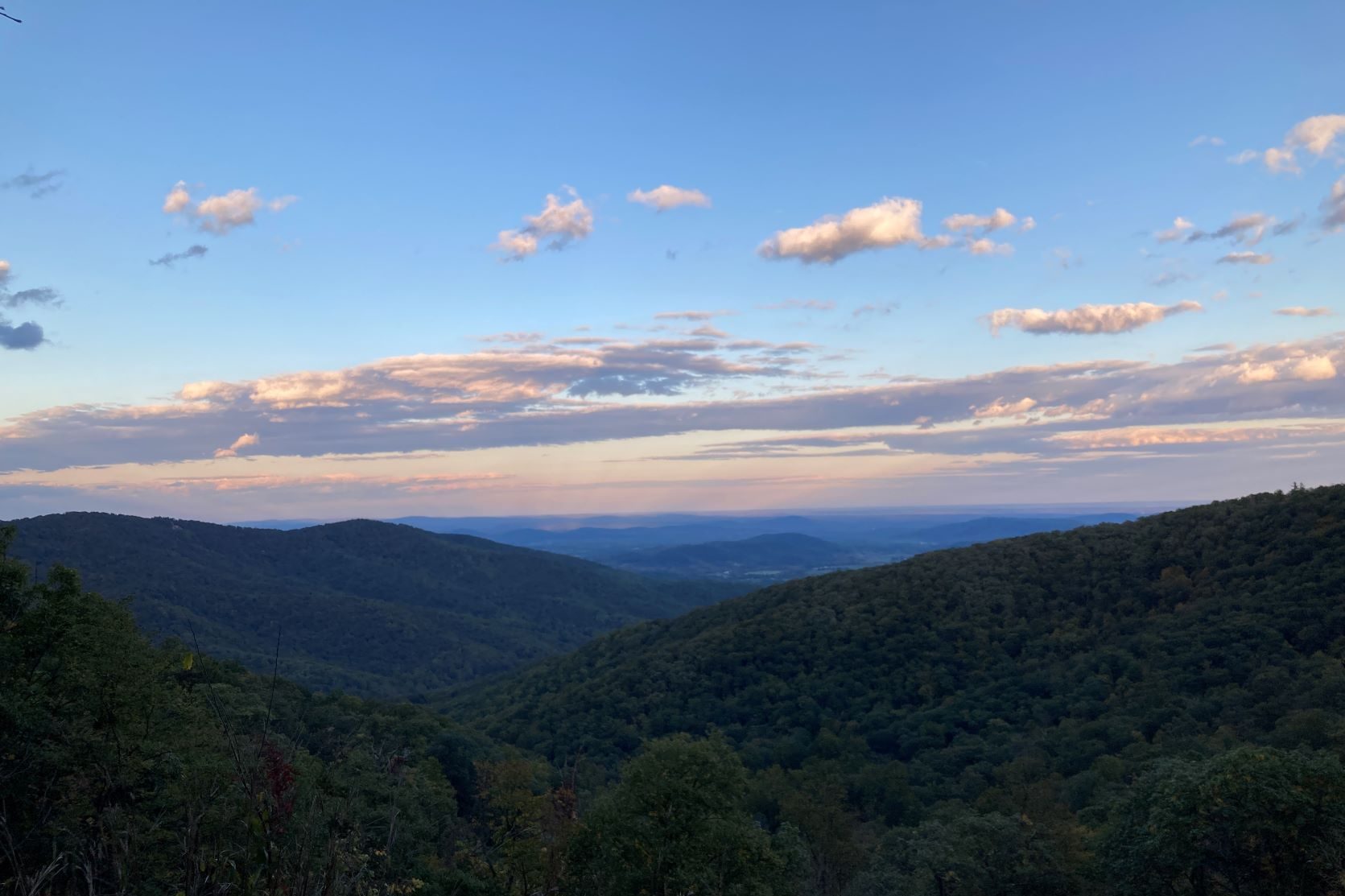How to Travel More Sustainably in 2023
2023 is all about traveling sustainably. Travel is an amazing experience that too often comes at the expense of the area you’re traveling to. Traveling shouldn’t mean ruining a community’s climate. Looking to up your travel game? I’ve got you covered with some sustainable travel tips!
What is sustainable travel?
Sustainability includes the economy, the environment and social equity. This means that sustainable travel pays attention to balancing these three aspects (not just the environment) while ensuring you leave as low an impact as possible. The host community and the tourist experience should both improve with sustainable travel.

Participate in restorative community travel
One of the best reasons to travel is to experience new and different cultures. This doesn’t have to be hard. Stay at an eco-friendly hotel, buy souvenirs from local shops, take advantage of community-based tourism experiences and always leave no trace. Basically, give back to the community.
Plan a longer trip
This is more commonly known as slow travel. More time in a location means a chance to really embrace the local culture and community. For instance, instead of taking multiple trips a year, try to condense your trips into one or two planes rides. Of course, with PTO days, school schedules, and life in general, that’s not always possible and that’s okay. Maybe this isn’t how you opt for more sustainable travel.
Go in the offseason
I love traveling in the offseason. You don’t have to deal with long lines and there are more chances for genuine conversations. When you travel outside of peak months, key resources are spread across fewer people, meaning less stress on resources. Summer is super fun to travel for sure but aren’t you always looking to get away in the grey months of winter? Why not use sustainability as an excuse to do just that?

Choose destinations that don’t suffer from over tourism
Over tourism is a problem because it puts more people in an area at a certain time than the environment is meant to handle. This can look like strain on water resources, increase in litter/waste, destruction to habitats, etc. Similar to the above, when there’s more people, there’s more stress on resources and when there’s no break, there’s no opportunity for the environment to recover.
I am so happy to see a shift toward sustainable travel. Whether you’re a seasoned sustainability traveler or just looking to add some more sustainability into your life, I hope you find these useful.
